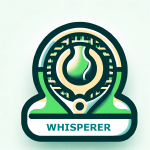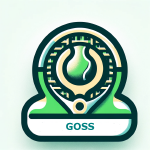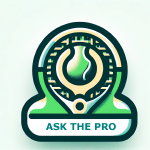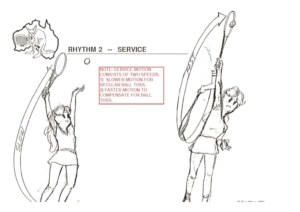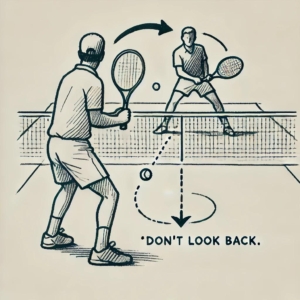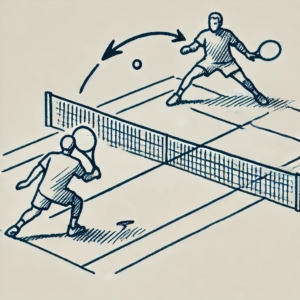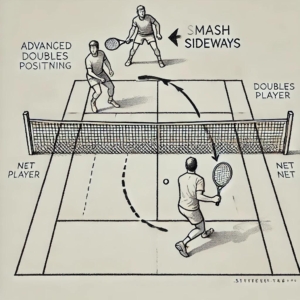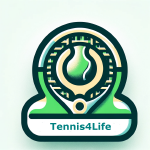The Wind Doesn’t Decide the Match—You Do
Wind: The Ultimate Game Changer
Wind disrupts rhythm, makes ball control difficult, and forces players to think and react differently. At tournaments like Indian Wells, where gusts can reach 60 kph, the wind isn’t just an inconvenience—it’s a game-changer.
To succeed in blustery conditions, you must adjust your mindset, technique, and strategy. Here’s how to play smarter, stay composed, and compete in the wind.
Respect the Wind and Adjust Your Mindset
“Respect the wind.” – Belinda Bencic
Instead of fighting the wind, learn to work with it. Complaining won’t change conditions, but staying calm and adaptable will give you an edge. Players who mentally accept the challenge and focus on adjustments instead of frustrations perform better.
- Stay patient – Don’t rush points.
- Forget perfection – Focus on big targets rather than precise winners.
- Mentally embrace the challenge – The wind affects your opponent too.
Pro Tip: Use deep breathing exercises to stay relaxed and visualization to anticipate changes in ball trajectory.
Play with Big Margins and Controlled Power
“You got to give yourself big margins… get your running shoes on.” – Rinky Hijikata
Windy conditions make precision difficult. Play with more safety and control:
- Aim for the middle third of the court instead of the lines.
- Hit higher over the net to avoid the wind dragging your shots down.
- Use topspin to keep the ball in play, especially when hitting with the wind.
- Avoid flat shots, as they are more easily affected by gusts.
Key Takeaway: When in doubt, aim deep and high. It’s better to make your opponent play than risk unforced errors.
Adjust Your Serve for Wind Control
The wind can send your toss flying and mess up your timing. To keep your serve effective:
- Lower your toss to reduce movement in the air.
- Increase spin to add control and consistency.
- If serving into the wind, swing aggressively to prevent the ball from floating short.
- If serving with the wind, keep serves lower to prevent them from sailing long.
Use the Wind to Your Advantage
Understanding wind direction is key:
| WIND DIRECTION | STRATEGY |
|---|---|
| At your back | Use topspin to bring the ball down. Step forward on returns. |
| Against you | Swing more aggressively. The wind will slow your shots, allowing you to generate more spin and depth. |
| Crosswind | Adjust your stance and footwork to prepare for last-second ball movement. |
Tip: Play smart, not hard. Let the wind work for you, not against you.
Master Footwork and Balance
Wind makes last-second adjustments crucial. To stay in position:
- Use small prep steps instead of big lunges.
- Maintain a wide base to stay balanced.
- Perfect your split-step for quick reactions.
- Agility drills like side shuffles and carioca runs improve wind-ready movement.
Change Your Strategy to Suit the Wind
Instead of long rallies, mix up your game:
Against the wind:
- Drop shots work well, as the wind helps slow them down.
- Attack the net, as volleys are easier to control than groundstrokes.
With the wind:
- Flatten out shots, as the wind will naturally add power.
- Deep lobs push your opponent back.
Adjusting your tactics mid-match can completely throw off an opponent who doesn’t adapt.
Stay Mentally Tough and Embrace the Challenge
The biggest advantage in the wind isn’t technique—it’s mental strength. Stay composed with these techniques:
- Pre-shot routines keep you focused.
- Positive self-talk prevents frustration (“I can handle this.”).
- Breathing exercises help maintain composure.
Key Takeaway: Tennis is a mental game. The wind is just another opponent—outsmart it.
Wrap-Up: Winning in the Wind
✔ Accept the wind – Don’t fight it, adapt to it.
✔ Give yourself big margins – Play high-percentage tennis.
✔ Adjust your serve – Lower your toss and use more spin.
✔ Footwork is key – Stay balanced and be ready for quick changes.
✔ Change strategies – Use the wind to control points.
✔ Stay mentally strong – Adaptation wins matches.

